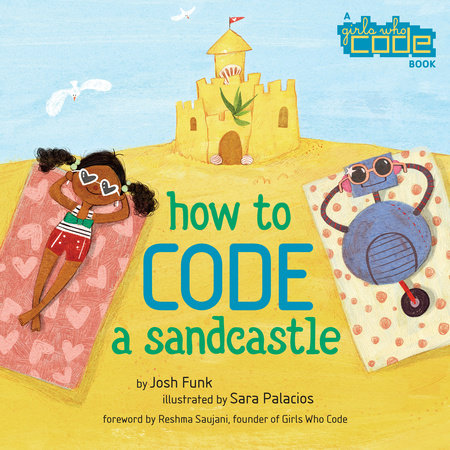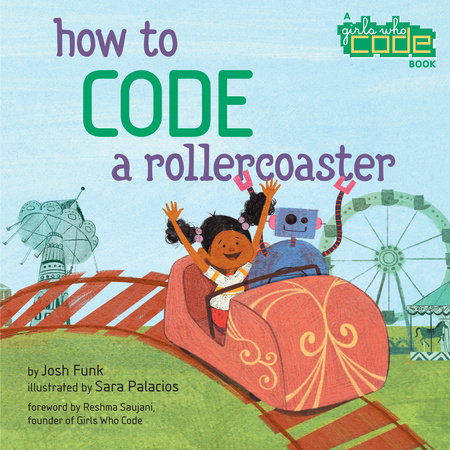Thinking Like a Coder:
How Coding Concepts Appear in Kids’ Everyday Lives
by Josh Funk
One of the first toys many children fall in love with are building blocks — making towers, constructing castles, and imagining new realities. Creating entire worlds of play through trial and error, success and failure, before knocking it all down and starting over again.
Coding can sound daunting, particularly to adults who were not raised in the time of YouTube, Pixar, and Minecraft. Don’t panic. Coding is simply building, but with digital blocks; it is a skill, an activity, a process. And it’s not hard to apply coding concepts to everyday life. For example, everybody follows sequences, whether you think about them that way or not. Everyone repeats, or loops through, their days in some fashion: {wake up, go to school, family time, bedtime} repeat. Everyone makes choices based on conditions: If I go to the gym today, it’s pizza for dinner. Otherwise, it’s salad.
Coding is also adaptable to everything, and there is no question that it taps into all interests and facets of life today. What do your kids like? What are they into? Here are some ways to show kids how coding shapes their everyday lives:
Are your kids into music? Well, it’s code and computers that combine all of the instruments and voices to make some of their favorite songs (as well as stream them to your devices).
Are your kids into sports? Check out a baseball website. It likely has all sorts of statistical data about all of your kids’ favorite players.
Are your kids readers and writers? Maybe they request books online from your library’s catalog. Maybe they write stories of their own with an app or on a blog.
There are many resources and programs to introduce coding to children as young as preschoolers — and in many of those programs, your kids will use code to create digital objects, towers, castles. They’ll use code to design and direct characters this way and that.
You can also take coding concepts, skills, and critical thinking away from the screen, too. In my book, How to Code a Sandcastle, Pearl and Pascal literally build a sandcastle, but they approach the activity as coders. They design their creation, problem solve when things don’t go as expected, and develop solutions to ultimately find success.
And now that you know coding concepts appear in your own life (definitely go to the gym and eat that pizza), along with Pearl and Pascal, you can show even the littlest ones in your family how thinking like a coder can apply to everyone’s lives.
While coding can be dependent upon exposure, opportunity, and access to resources, all families can encourage their children to think like coders. What may be fun or even a novelty now can literally be life-changing down the line.
-
Books by the Author:
-
How to Code a Sandcastle
Also available from:How to Code a Rollercoaster
Also available from:


